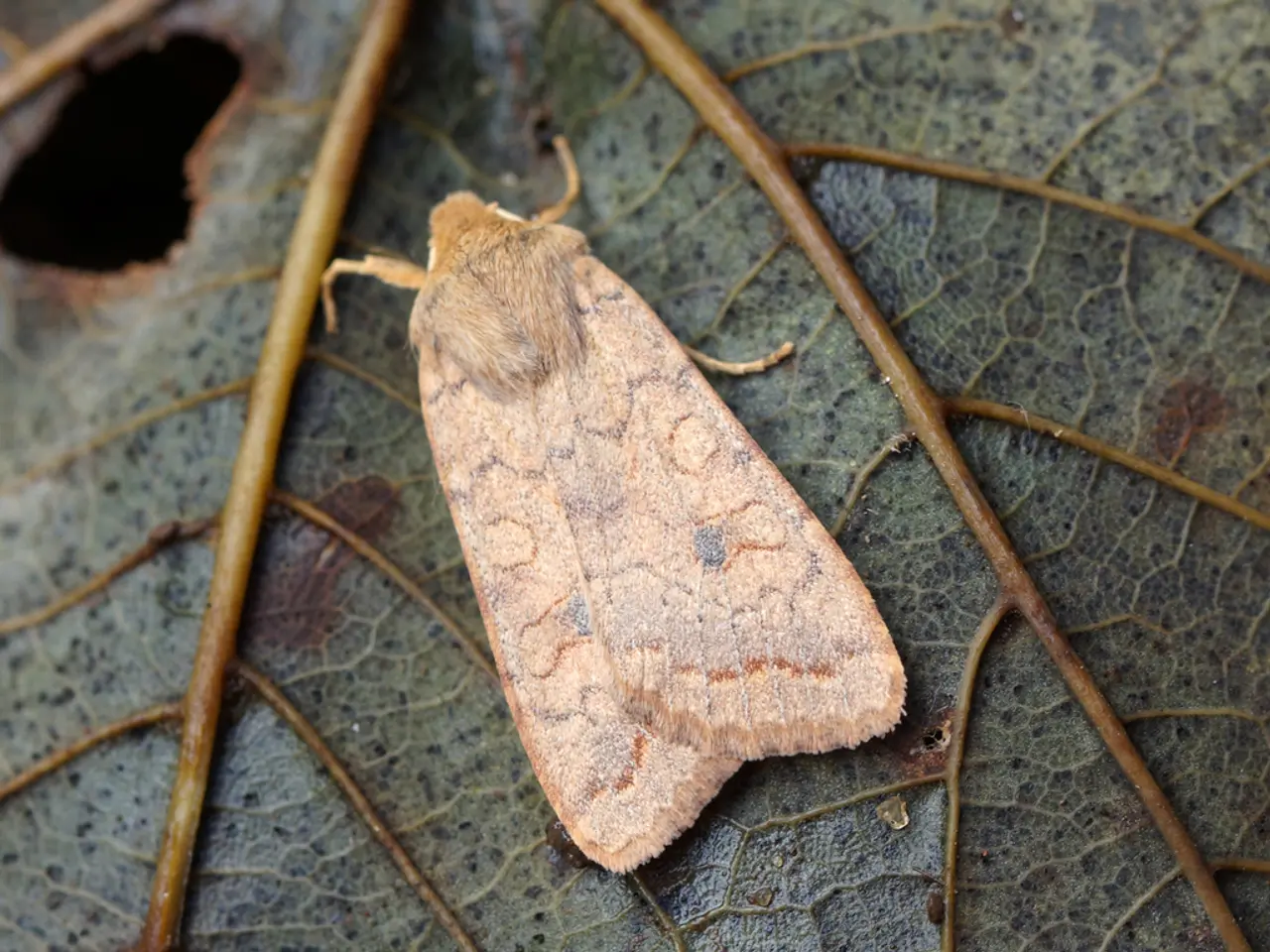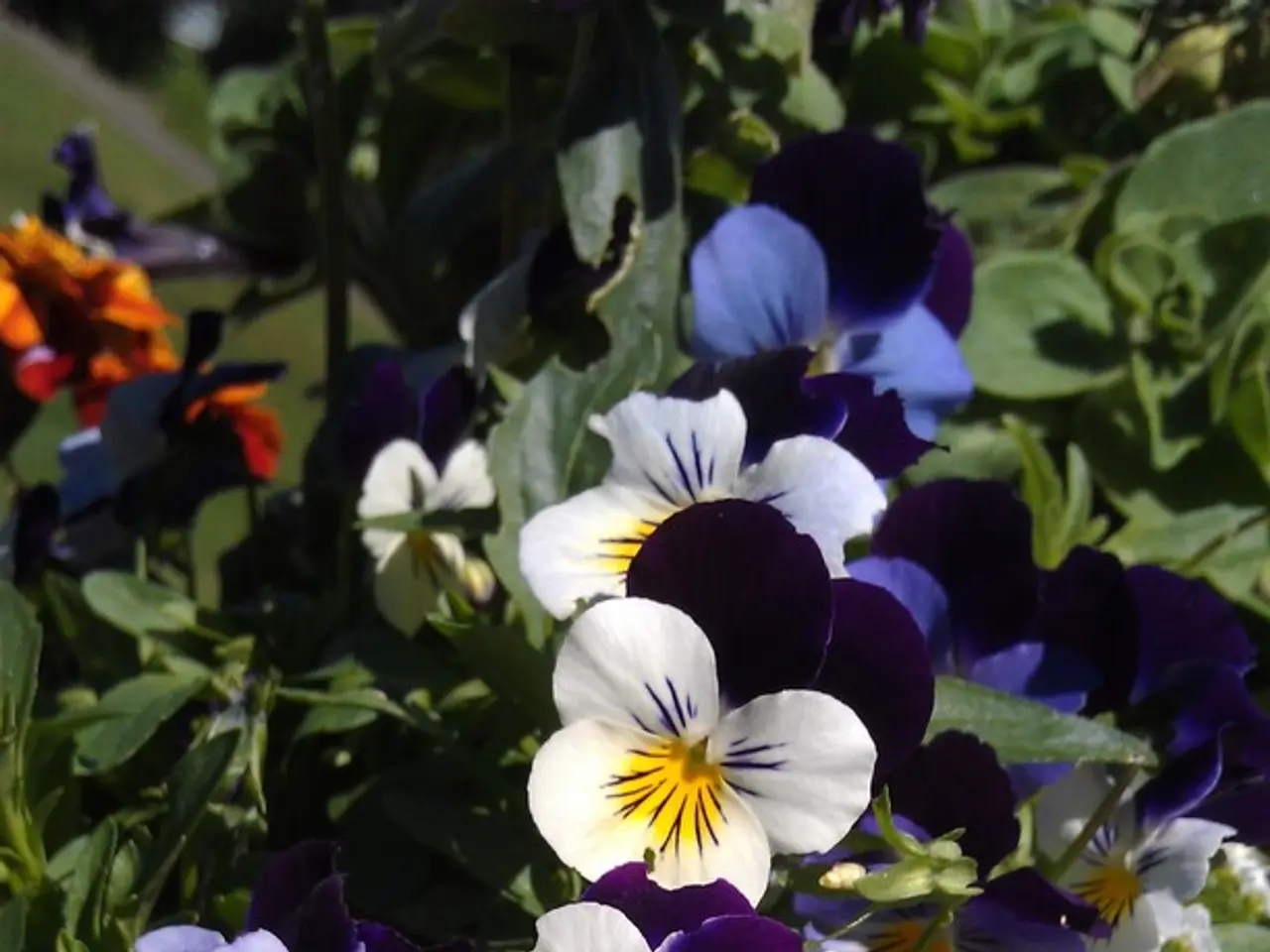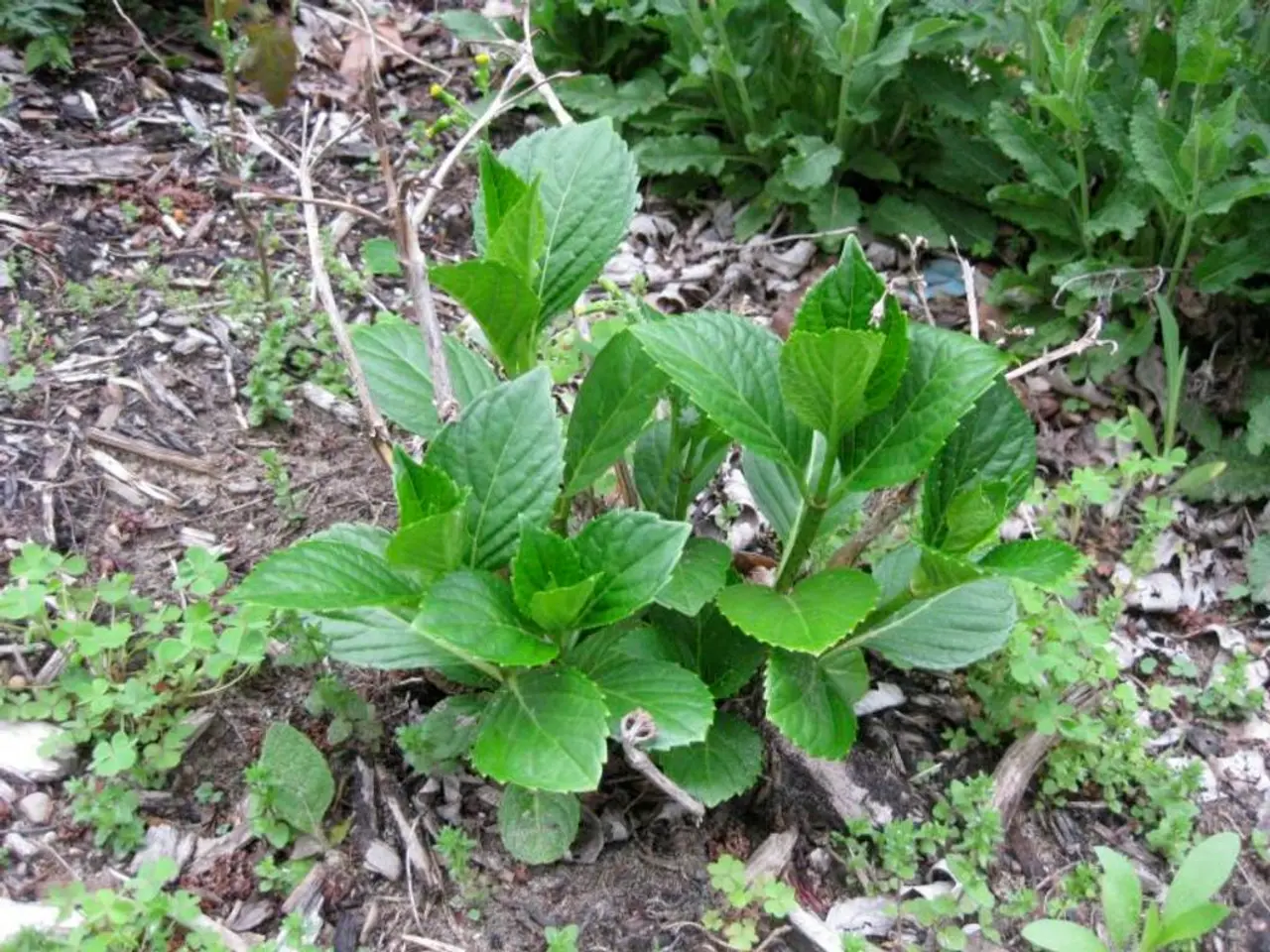Plant Spots: Origins, Issues, and Solutions
Leaf Spot Disease in Plants: Identifying Common Pathogens and Management Strategies
Leaf spot disease is a common issue affecting various plants worldwide. The disease is primarily an aesthetic concern, rarely causing significant damage to trees or shrubs. However, it can lead to premature leaf drop and weaken the overall health of the plant.
The most common pathogens responsible for leaf spot disease are fungi, with several genera associated, including Alternaria, Ascochyta, Blumeriella, Colletotrichum, Entomosporium, Mycosphaerella, Phyllosticta, Septoria, Tubakia, Venturia, among others. For instance, the Photinia leaf spot fungus affects red tip photinia and related plants, causing small black dots that enlarge to brownish-gray with red outlines, leading to premature leaf drop, especially in cool, wet conditions during spring and fall.
Less commonly, bacteria can cause leaf spot disease, with Pseudomonas and Xanthomonas being two of the most common types. Ralstonia solanacearum, for example, causes bacterial wilt or bacterial blight on tomatoes, a serious disease leading to wilt and death of plants.
In some cases, viruses transmitted by pests such as aphids and thrips can cause leaf symptoms including spots and discoloration, often in association with insect infestation.
To manage leaf spot disease, it's essential to understand the conditions that promote its growth. Pathogens typically overwinter in plant debris or soil and spread via water splash, rain, wind, or vectors. High humidity and wet foliage further promote fungal leaf spots.
Preventive measures include keeping foliage dry, pruning infected leaves, improving air circulation, removing debris, and applying fungicides or bactericides. It's crucial to identify the exact leaf spot fungus or other pathogen to select the right chemical for treatment.
Integrated pest and disease management is recommended to minimize chemical use while maintaining plant health. This approach involves a combination of cultural practices, such as avoiding overhead watering and keeping trees and shrubs trimmed, and the judicious use of chemical controls when necessary.
By adopting these strategies, gardeners can help prevent and manage leaf spot disease, ensuring a healthier and more attractive garden.
Incorporating proper home-and-garden maintenance practices can aid in the prevention and management of leaf spot disease, particularly through measures like keeping foliage dry, pruning affected leaves, and applying fungicides or bactericides when appropriate. Additionally, practicing gardening techniques that promote air circulation and remove debris can help create an environment hostile to the propagation of leaf spot pathogens like fungi, bacteria, and viruses.




